Famously conceived as a modern take on classic British and Italian sports cars, the Mazda MX-5 Miata has long since outlasted and outsold them all, and it’s now a classic in its own right.
Mazda’s little roadster has touched the lives of countless enthusiasts over the last three decades, and I’m no exception. Buying a used ’97 NA was the first thing I did upon getting my first job as a designer in Fiat’s styling center. The last new car I bought was a ’17 ND I wish I never had to sell.

But with MX-5 sales having never truly recovered from the 2008 financial crisis, and the industry’s inexorable pivot towards electrification, the walls appear to be closing in on Mazda’s little roadster. Therefore, I pay close attention to whatever Mazda says or shows that has even the faintest connection to the MX-5 and its future. If that future looks half as good as the Iconic SP concept shown at the 2023 Japan Auto Show, I’m already looking forward to it.
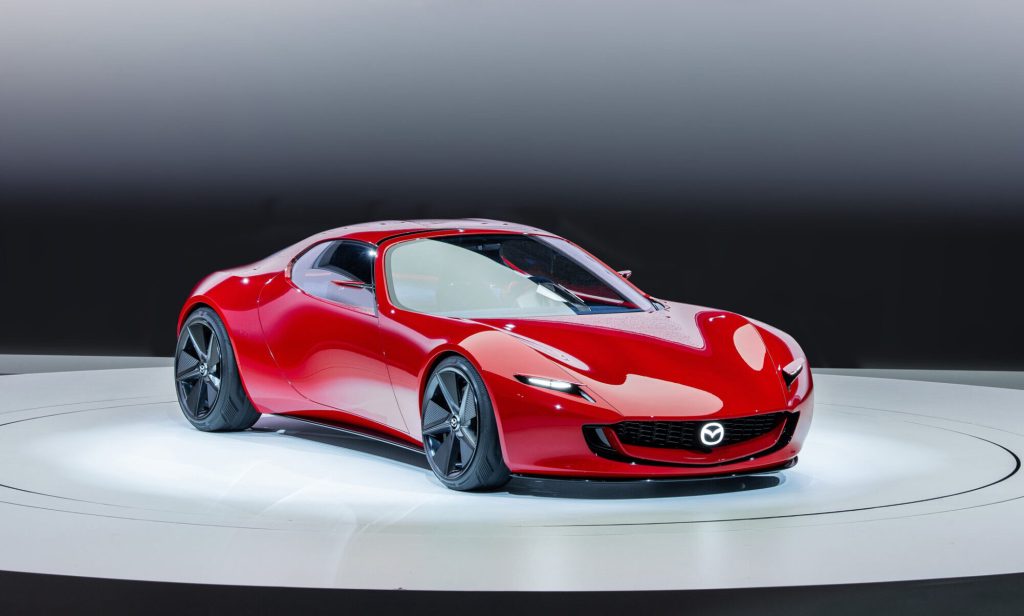
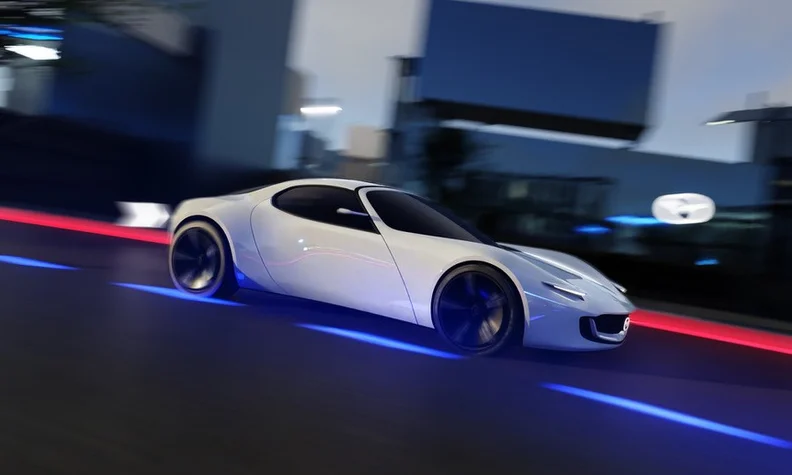
In terms of concept and design language, the Iconic SP picks up right where 2022’s Vision Study Model left off, to the point that one could be forgiven for thinking it’s the same car. Not that it matters, because Mazda’s latest concept car is a true joy to behold.
It’s a refreshingly pure, honest, and straightforward design, one that reminds me of all the little red sports cars I used to sketch during dead times to brighten my mood and purge my soul after working on yet another Chinese crossover. But it’s executed with a degree of finesse that’s criminally rare these days. Observing how the light flows seamlessly on the Iconic SP’s clean, smooth surfaces leaves me no doubt this project has been a true labor of love for all involved.
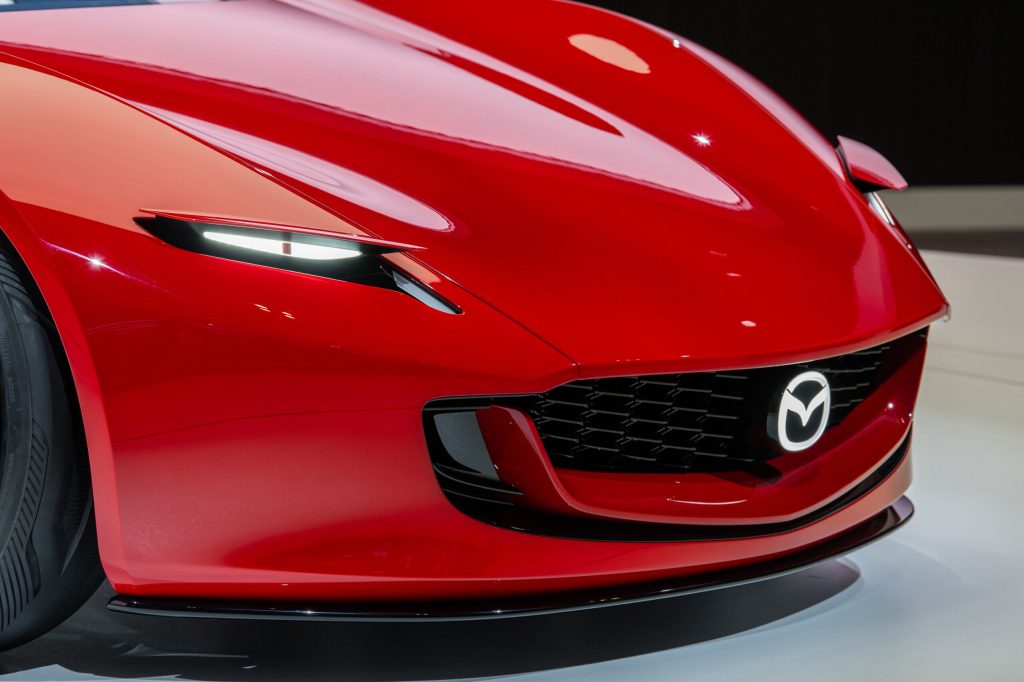
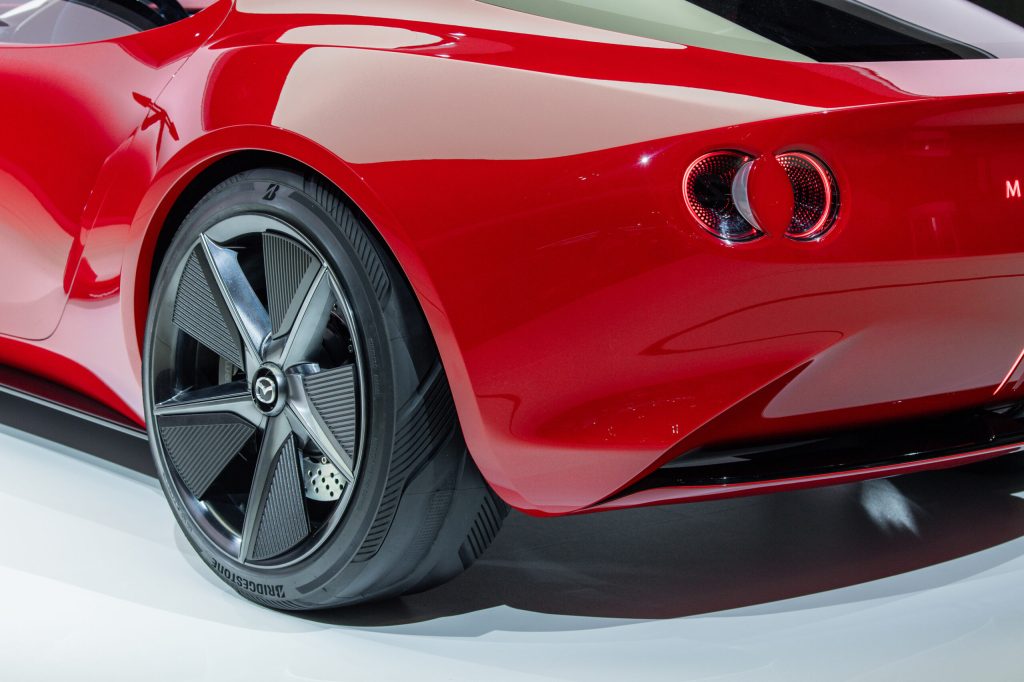
Since they started with a clean sheet of paper and a very compact powertrain package, Mazda’s designers could give the Iconic SP killer proportions. The large-diameter wheels are pushed towards the corners of the car, stretching the wheelbase and reducing overhangs to a minimum. Those wheels sit under big, muscular fenders that flare out from the main volume of the car, giving the Iconic SP that sexy “Coke bottle” shape that any owner of a C3 Corvette knows and loves. In classic sports-car fashion, the cabin’s volume rests closer to the rear axle for a long hood and short rear deck.
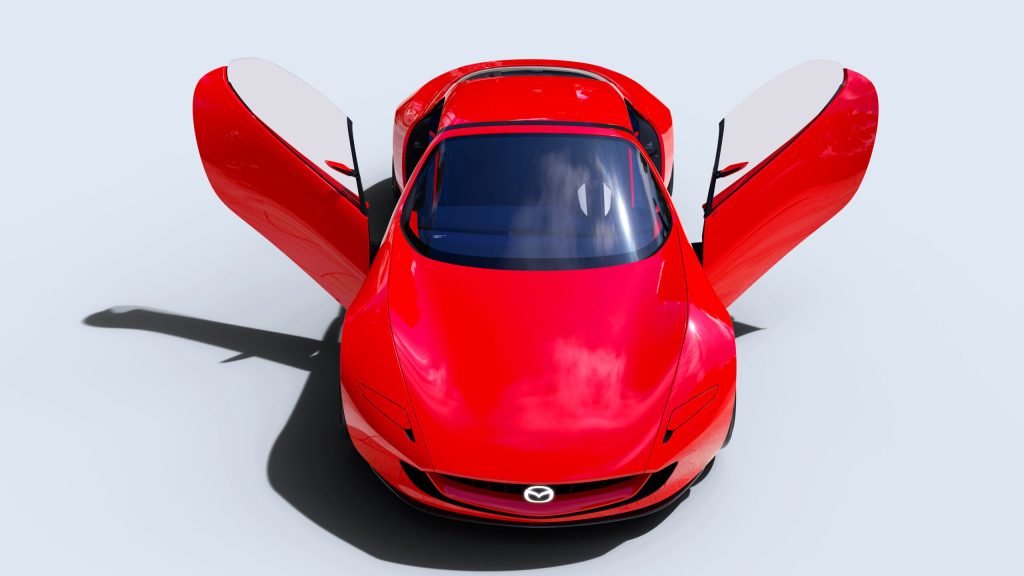
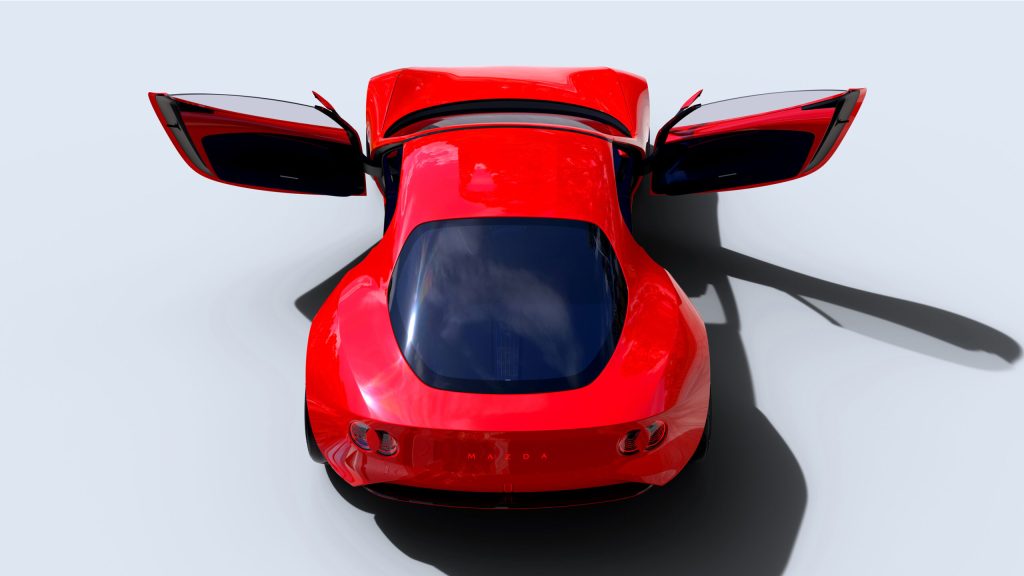
On top of that, according to the figures released by Mazda, the Iconic SP is nearly three inches lower than the MX-5 but wider by four and a half. Such a wide track, plus large tyres that sit flush with the arches and are emphasised by a body that cuts aggressively inward at its middle, contributes to the Iconic SP’s purposeful stance.
We’ve known since ancient Greece that beauty is a matter of proportions, and cars are no exception. Far too often, proportions is overlooked due to economic or technical constraints. If you nail the relationships of the vehicle’s foundational shapes, as Mazda’s designers definitely did here, the result can be magic.
Once the vehicle’s overall proportions are set, the second ingredient of a beautiful automobile is the sculpture: the complex interplay of the body’s various elements and surfaces. In the case of the Iconic SP and its surfacing, I’m delighted to report that Mazda’s designers knocked it out of the park.
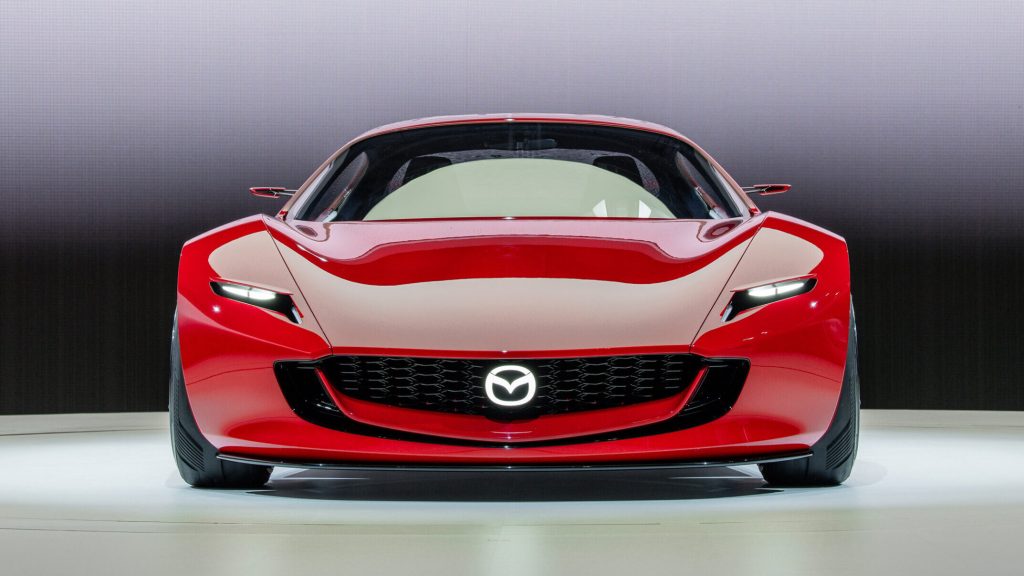
The Iconic SP is a refreshingly pure design, almost devoid of character lines. Such a minimalist approach is nothing new in car design. Mercedes-Benz, for example, has been championing it for years, albeit with far less convincing results. But the Iconic SP is on another level: watching the light and the reflections flow over its muscular yet taut surfaces is a real pleasure.
The tension in the body’s curves, the crowning of the surfaces, and all the transitions appear perfectly judged. Without a doubt, that’s the result of clear design intent and painstaking refinement in the modeling studio by experienced eyes and hands.
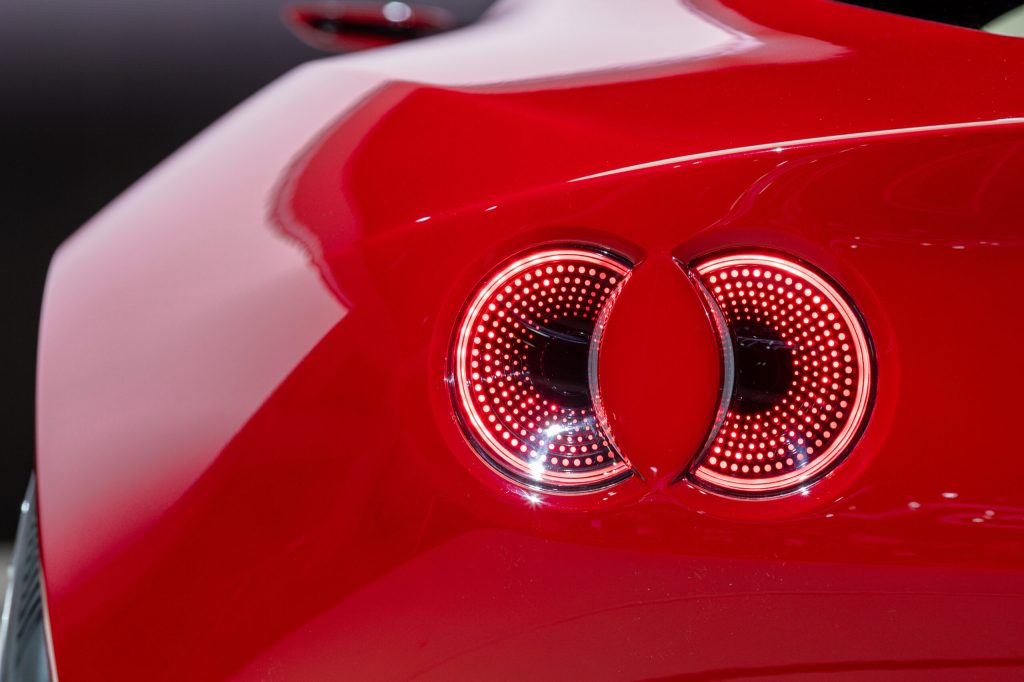
Once designers have dealt with proportions and volumes, the last ingredients to consider are the so-called “graphic” elements. These are the windows’ contours, the cutouts for the headlights and taillights, the grilles and air intakes, and the shutlines between the various components.
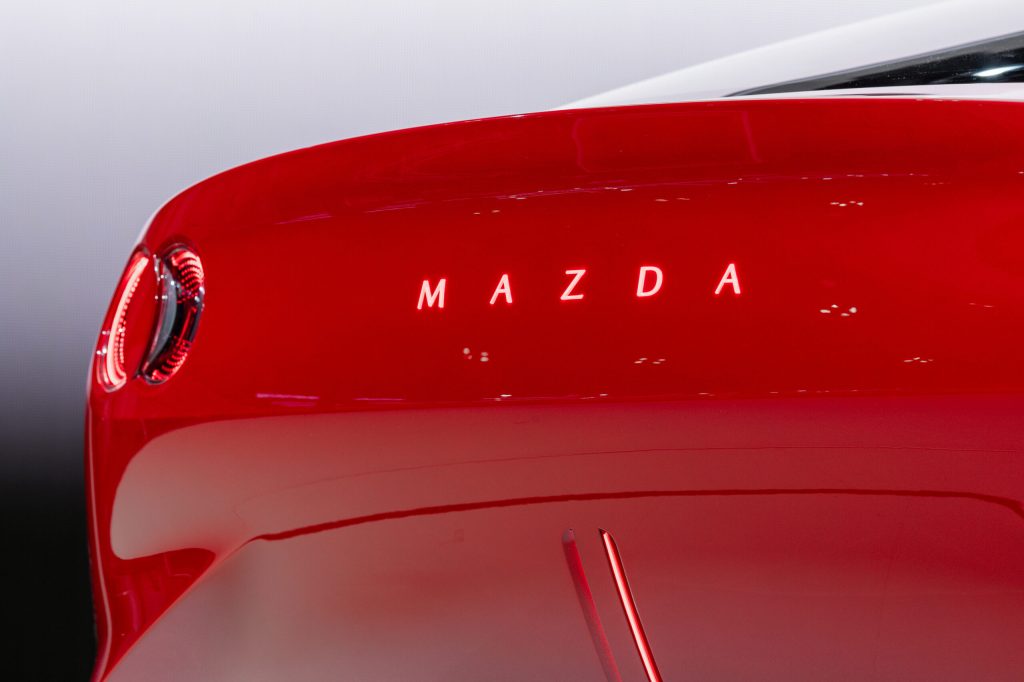
Given the Iconic SP is just a show car, Mazda’s designers could ensure these graphic elements stayed coherent with the pure, minimalist ethos of the design. The potentially unsightly bumper and boot lid shutlines are simply deleted. However, the gloss-black trim piece highlighting the windscreen frame is a playful indulgence, a hint to let us imagine how the Iconic SP would look as a convertible.
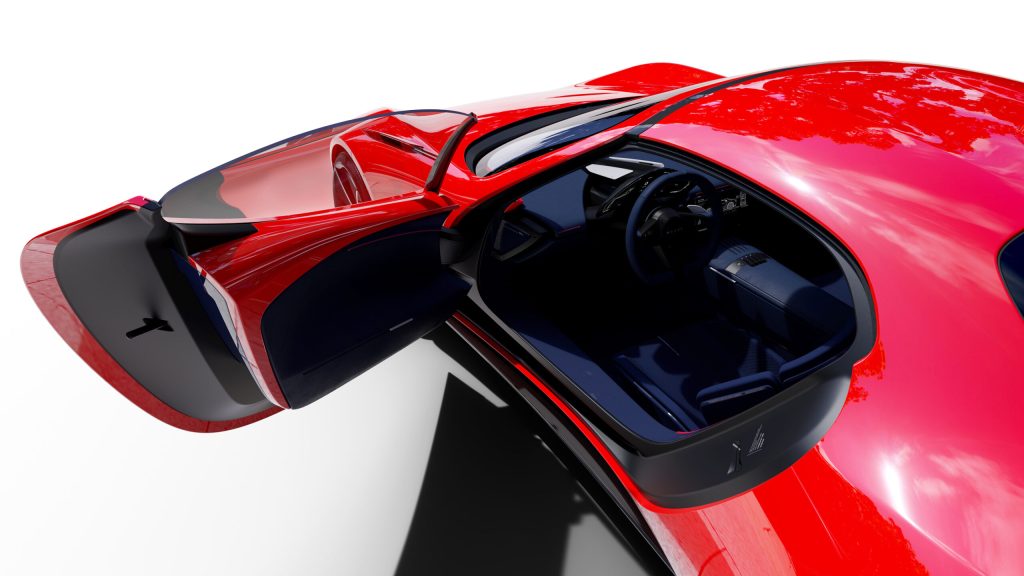
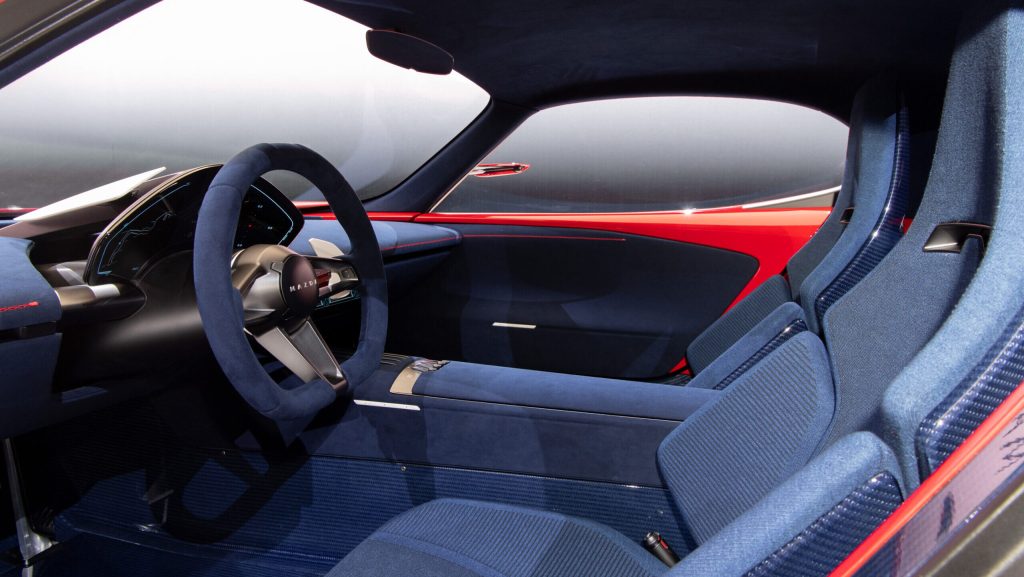
With its gorgeous curves and its reliance on proportions and sculpture rather than superfluous decoration, Mazda’s Iconic SP reminds me a lot of Italian design classics like the Cisitalia 202 or the Ferrari 250 SWB. I do not mean that Mazda’s latest concept car is in the same league as those classics; such a statement would be premature, if not blasphemous.
But what Mazda has delivered is a perfectly executed contemporary reinterpretation of all those classic red sports cars we have in our hearts. The Iconic SP doesn’t move the automobile design game forward by a single inch, and it doesn’t matter. All this concept is meant to do is look pretty, and it does so exceedingly well.
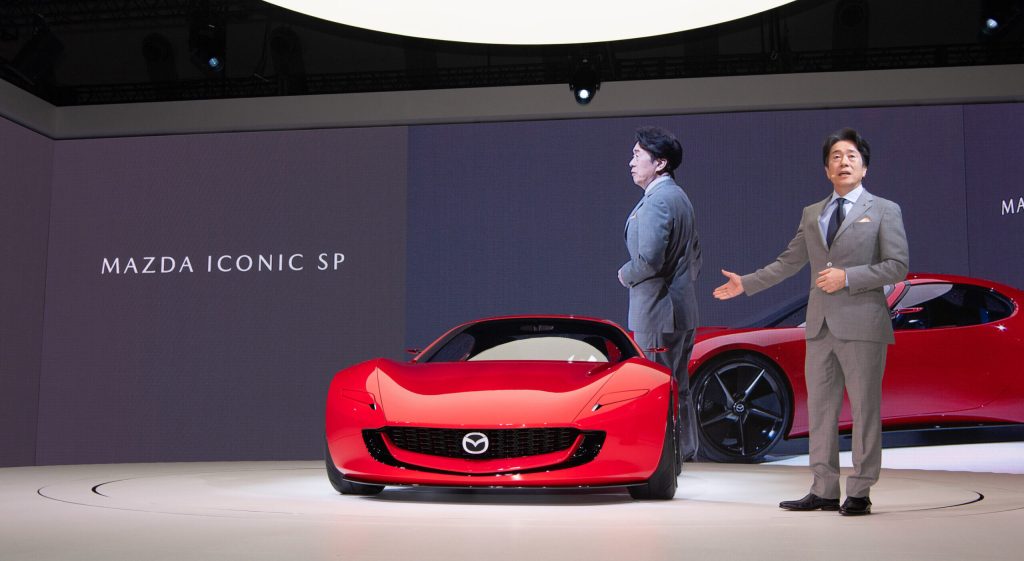
Mazda has emphatically confirmed that the Miata will remain part of its lineup for the foreseeable future, but the automaker remains tight-lipped about when the new generation will ultimately arrive. That’s understandable: There’s no real hurry to replace a model that has no real competition.
What Mazda is telling us with the Iconic SP is that, whenever it comes, the next Miata will surely bring the most significant change in the model’s basic formula since 1989. But, if what we’ve been shown in Tokyo is any real indication of what Mazda’s designers have in store for the next Miata, I’d better start saving up for my fifth Mazda roadster, regardless of what will power it.
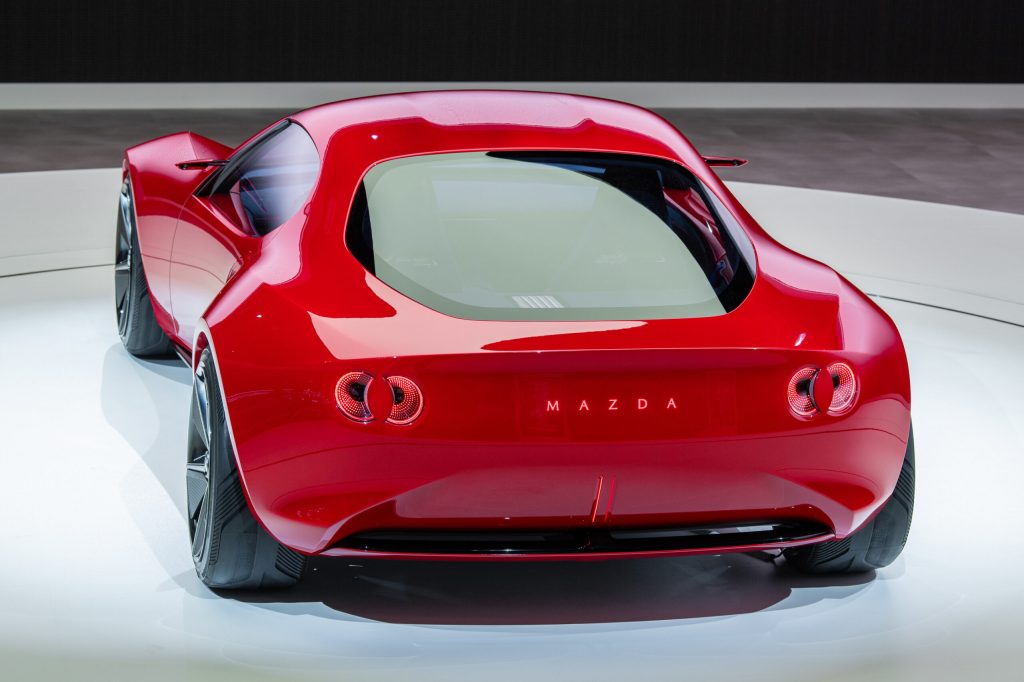
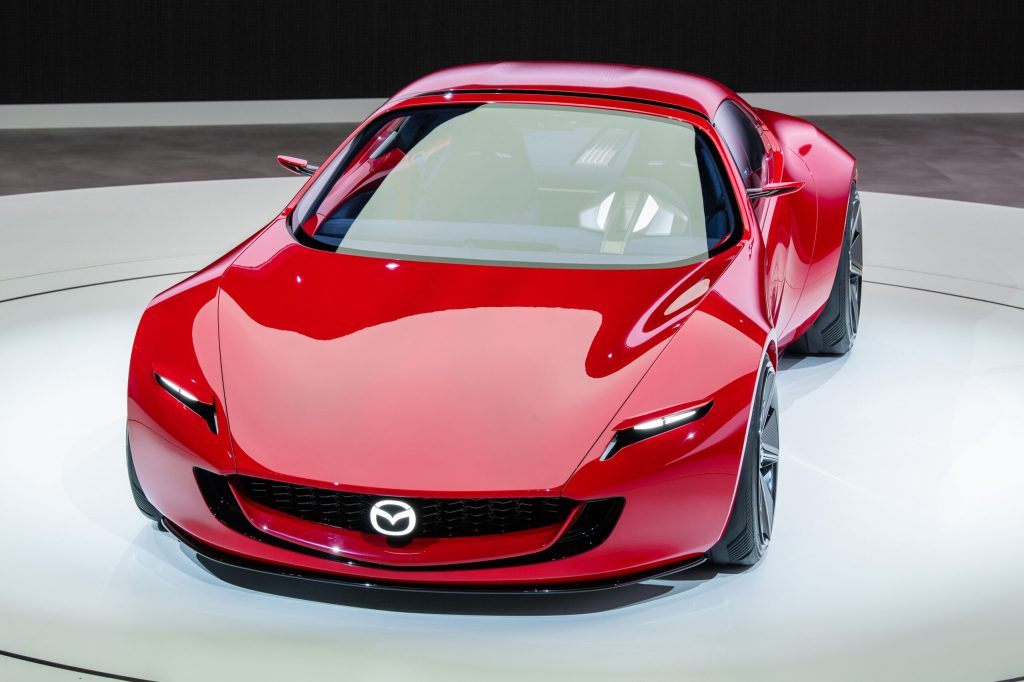
__
Matteo Licata received his degree in Transportation Design from Turin’s IED (Istituto Europeo di Design) in 2006. He worked as an automobile designer for about a decade, including a stint in the then-Fiat Group’s Turin design studio, during which his proposal for the interior of the 2010–20 Alfa Romeo Giulietta was selected for production. He next joined Changan’s European design studio in Turin and then EDAG in Barcelona, Spain. Licata currently teaches automobile design history to the Transportation Design bachelor students of IAAD (Istituto di Arte Applicata e Design) in Turin.


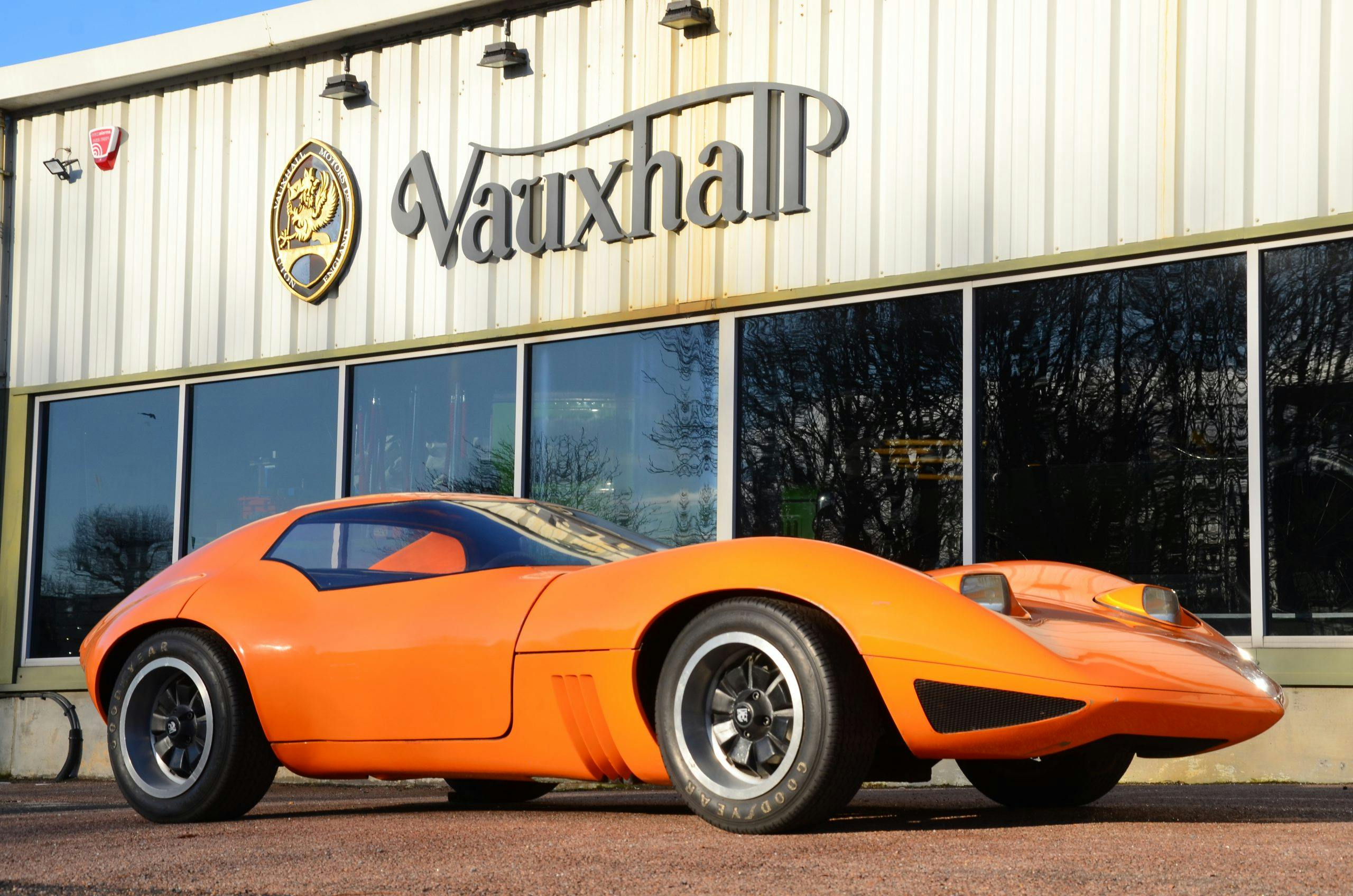
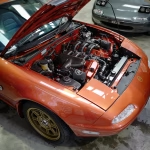






Reminds me a little of the FD3S which was always an absolute favourite design of mine. This concept takes Japanese car design to a new level. I’d buy one today!
A ‘new’ MX5 needs to be smaller for a nifty little drive, great road holding doesn’t need to compete with Ferrari. A lovely little lady’s car. I have a mk1 but the bodywork is obviously failing. I would love a replacement but not anything like your new design !? YOU will have customers !!
I absolutely love my nd4 30th anniversary mx5, but, this next iteration looks to be in a league of it’s own. If it comes into production it will be a game changer. Hopefully it will be priced realistically, not like some of the competition that start north of 60k!
Absolutely love my 2008 MX5, simple straight forward fun, and hold its value too.
well ive got a nd and that only fits in my garage with one mirror folded in so no way this will fit plus i only buy convertable.
Beautiful car ,I had a 1987 Blue car Miata manual transmission LOVE IT